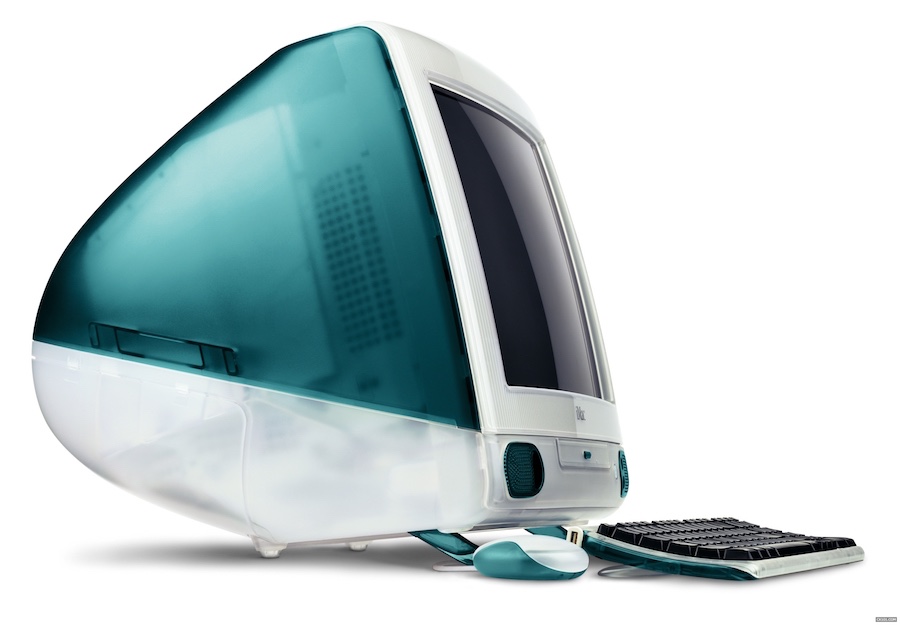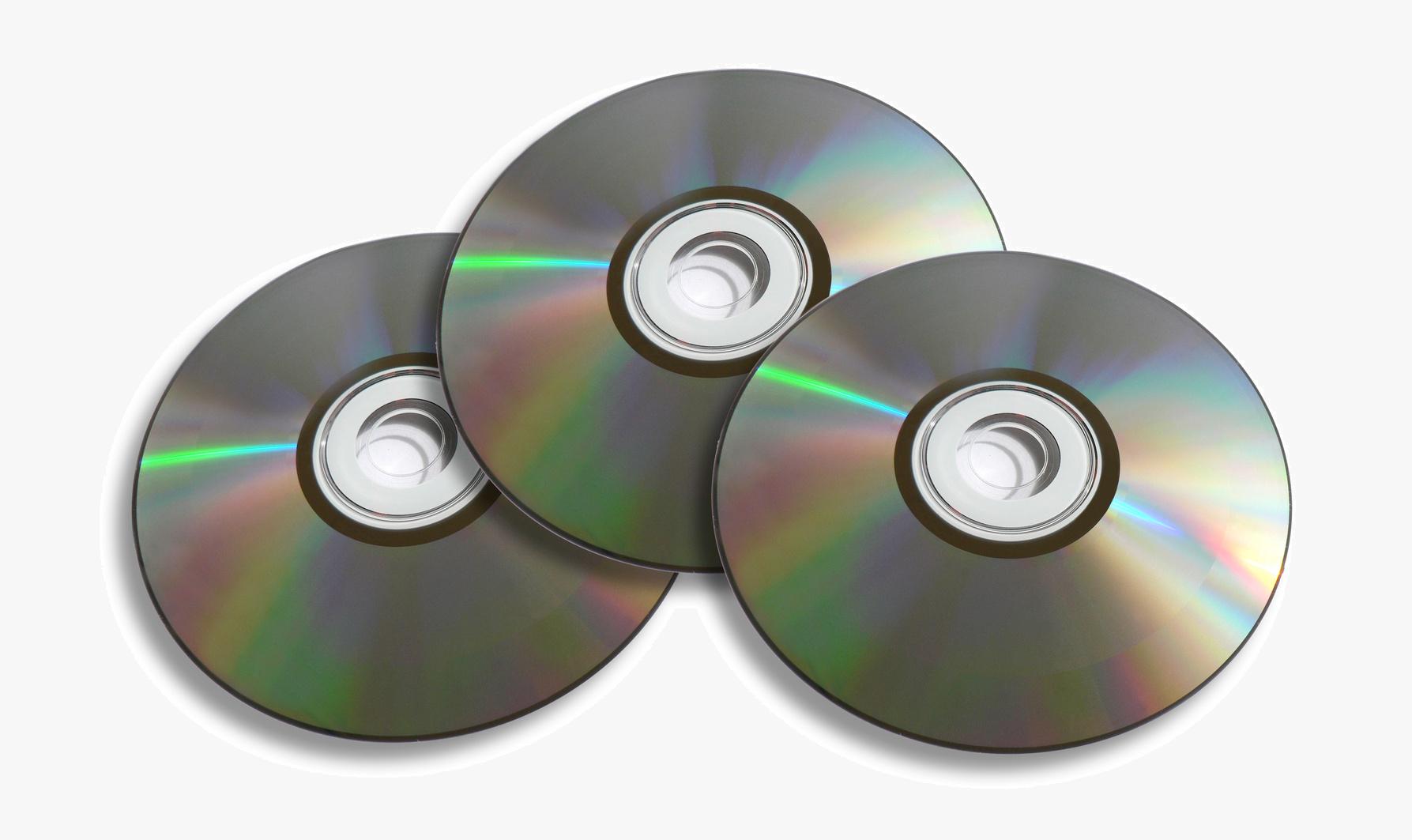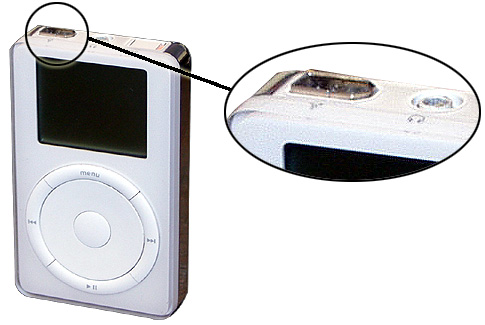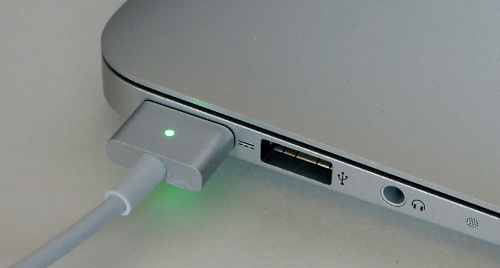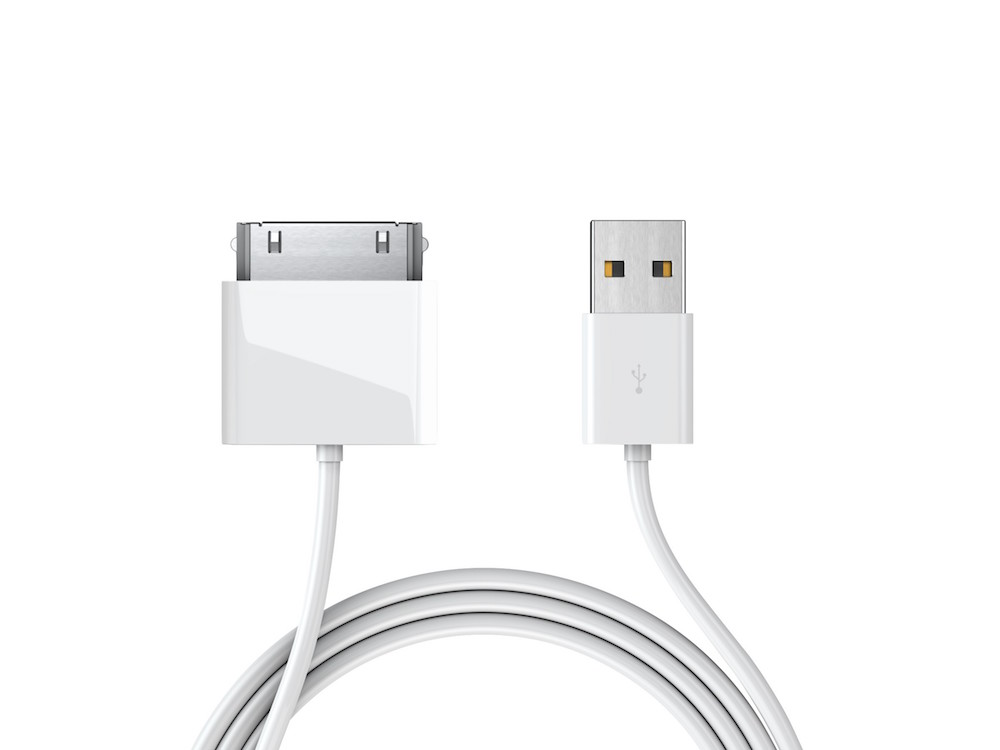Top 5 Technologies Apple Killed
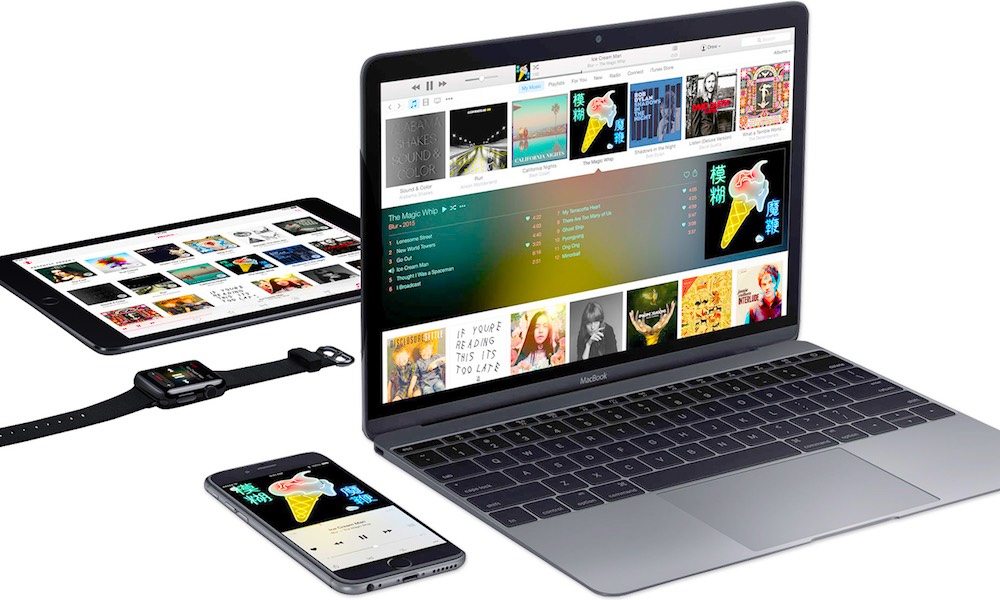 Credit: Apple
Credit: Apple
Toggle Dark Mode
There are many different technologies Apple has “killed.” Even before the company became as successful as it is today, it managed to lead the effort to replace several technologies with new ones. While other companies tend to hold onto memories of the past, Apple moves on with the flow of technology and stays current with the needs and wants of the consumer.
Sometimes it can be a pain to get used to new technology, but for good or bad, Apple has been successful in pushing us in the right direction. Here are the top 5 technologies that Apple made obsolete.
1. Floppy Drives
One of the most popular and efficient ways to store data, floppy disks were used in many PCs and Macs in the 80s and 90s. One could store and read data easily with fair loading times. Floppy disks started out rather large and eventually became smaller, which made them easier to store. In 1998, Apple replaced the floppy drive with CDs.
2. Optical Drives
CDs are still used today and are popular with people who like having physical media, but many are opting for digital downloads instead. In 2008, Apple released their first MacBook Air, a thin and extremely portable laptop. The one thing it was missing was an optical drive, and to replace it, Apple included a remote CD application which allowed users to summon optical drives from other computers wirelessly.
Other computer manufactures followed suit, dropping the optical drive, even the gaming computer Alienware x51 now comes without a CD drive. It might seem like a gamble, but there is a new demand for downloading software and may be one reason Apple and others are comfortable ditching the drives.
3. Firewire
Apple was a big supporter of the high-speed port Firewire port. The first iPod and several digital cameras used it. Firewire lasted a long time, but was out done by newer versions of USB ports. Apple removed Firewire ports from their devices and replaced it with their Thunderbolt port.
4. Magsafe Connector
The idea behind the Magsafe connector was to prevent MacBooks from suffering damage from accidently getting thrashed around while connected the power cord. The connector uses a magnet to keep the cable in place, and actually makes connecting your laptop to power more simple than a traditional cable.
Should one accidentally tug at the cord (or trip over it), it could easily disconnect from the laptop without causing damage. There were two iterations of the Magsafe connector, with the second having a smaller plug. Current MacBooks have replaced Magsafe with USB-C.
5. 30-pin Dock Connector
For several years, Apple used a long pin connector for charging iPods, iPads, and iPhones. Apple tends to use proprietary cables and ports for charging. Several devices and third-party products used the 30-pin connector to connect with Apple devices. In 2012, Apple replaced the 30-pin connector with the smaller Lightning port. It was a big shakeup with some complaints, though at the time, Apple did sell an adaptor to use those old devices with the new iPhones.
As much as Apple is a creator, bringing new technology to the masses, they are in many ways a destroyer too. With media, from floppy disks to compact disks, times change and content can now be delivered over the internet. Data transfer ports get faster and new ways to power laptops and other devices are bound to arrive. Apple knows well the old saying, “Out with the old, in with the new.”
Learn More: iPhone 7 ‘Pro’ Rumors Suggest Apple Will Announce a 4th iPhone Version in 2016

